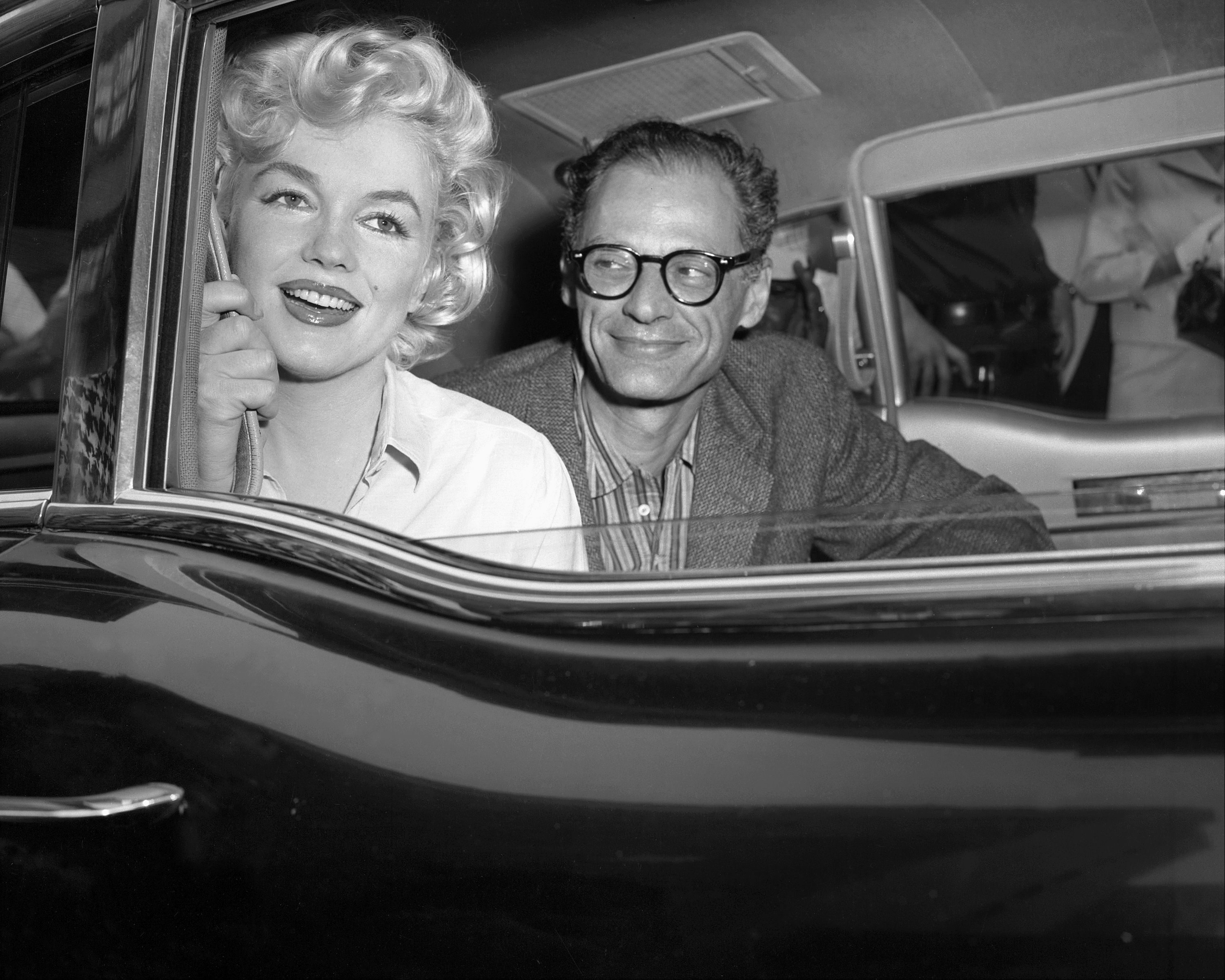Sophia Loren’s name evokes images of timeless glamour, Mediterranean beauty, and cinematic excellence—but behind the iconic face is a story shaped by hardship, resilience, and a relentless pursuit of purpose.
Born Sofia Villani Scicolone on September 20, 1934, in Rome, Italy, Loren’s early years were far from the lavish lifestyle she would later come to represent. Raised in the poverty-stricken town of Pozzuoli during World War II, she lived through bombings, food shortages, and the daily uncertainty of survival. Her father, Riccardo Scicolone, abandoned the family, leaving her mother Romilda to raise Sophia and her sister Maria on her own. They lived in a single room, often relying on food aid and sleeping in train stations to escape the bombings.
But even amid chaos, Romilda—herself a piano teacher and former beauty contest winner—nurtured her daughter’s potential. Encouraged by her mother, Sophia entered beauty pageants as a teenager. At the age of 14, she was a finalist in the Miss Italia contest. Though she didn’t win, the exposure opened doors in the Italian film industry.
By the early 1950s, she began landing small roles in Italian cinema under the name “Sofia Lazzaro.” Her screen presence—sultry, commanding, and magnetic—did not go unnoticed. Italian producer Carlo Ponti, who would later become her husband, played a pivotal role in launching her career. He helped her land more substantial roles and encouraged her to adopt the stage name “Sophia Loren.”
Loren’s rise to stardom was swift. Her breakout performances in Italian films such as Aida (1953), The Gold of Naples (1954), and Too Bad She’s Bad (1954) demonstrated a rare blend of sex appeal and genuine acting ability. She brought to her roles a raw emotionality, often portraying women hardened by circumstance but softened by compassion.
Her transition to international fame came in the mid-1950s, when she signed a five-picture deal with Paramount Pictures. Fluent in English and poised with charisma, Loren starred opposite some of Hollywood’s biggest names. In Boy on a Dolphin (1957), she made a splash—literally and figuratively—emerging from the sea in a now-famous scene that solidified her bombshell status. She followed with roles in Legend of the Lost (1957) alongside John Wayne and Houseboat (1958) with Cary Grant, who reportedly fell in love with her during filming. Loren, however, remained loyal to Ponti.
But it was her dramatic turn in Two Women (La Ciociara, 1960), directed by Vittorio De Sica, that transformed Loren from glamorous starlet to serious actress. Playing a mother struggling to protect her daughter in wartime Italy, Loren delivered a hauntingly powerful performance. The role was deeply personal, echoing her own experiences as a child of war. Her performance earned her the Academy Award for Best Actress—the first given for a non-English-speaking role—along with honors from Cannes, BAFTA, and others.
Loren’s success continued throughout the 1960s and ’70s, with notable performances in El Cid (1961), Yesterday, Today and Tomorrow (1963), and Marriage Italian Style (1964). She worked with legendary directors like Federico Fellini and co-starred with leading men such as Marcello Mastroianni, Marlon Brando, and Peter Sellers. Her on-screen pairing with Mastroianni became one of the most iconic duos in cinema.

Despite her celebrity, Loren remained intensely private. Her lifelong relationship with Ponti, often scrutinized due to his existing marriage at the time they met, weathered legal and cultural storms. They eventually married legally in 1966 and remained together until his death in 2007. Their marriage was one of devotion and mutual respect, with Loren often crediting Ponti as her greatest support.
As her film career slowed in the late 1980s and 1990s, Loren turned her attention to her family, including her two sons. She also became a symbol of aging with grace—never denying her age, but embracing it with elegance. In 1991, she received an honorary Oscar for her contribution to world cinema, and in 1999, the American Film Institute ranked her among the greatest female stars of classic Hollywood cinema.
Loren continued to act sporadically into the 21st century. In 2020, she returned to the screen in The Life Ahead, directed by her son Edoardo Ponti, earning critical praise and a host of award nominations.

Beyond the camera, Sophia Loren is also a successful author, releasing cookbooks and an autobiography, Yesterday, Today, Tomorrow: My Life. A passionate cook and advocate for Italian heritage, she once famously said, “Everything you see, I owe to spaghetti”—a quote that reflects both her humor and authenticity.
Today, Sophia Loren is more than a film icon. She is a testament to perseverance, intelligence, and the power of staying true to oneself. Her life is a story of transformation—from a hungry child in wartime Italy to one of the most celebrated women in cinema history.
In a world obsessed with fleeting fame, Sophia Loren represents something far rarer: staying power, substance, and soul.
Marilyn Monroe and Arthur Miller seemed like opposites — Hollywood’s most luminous star and America’s sharpest playwright.







